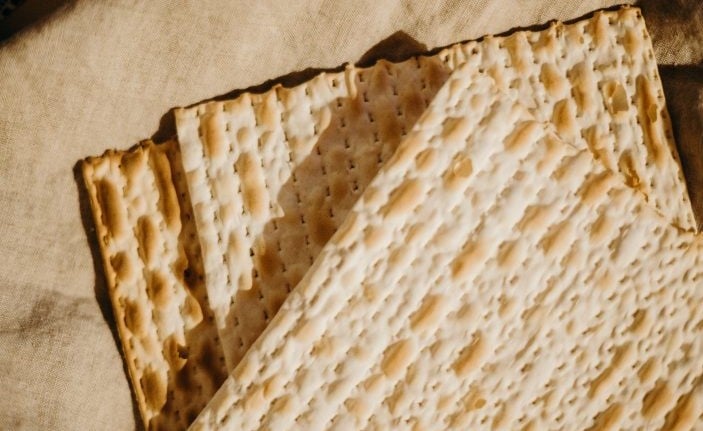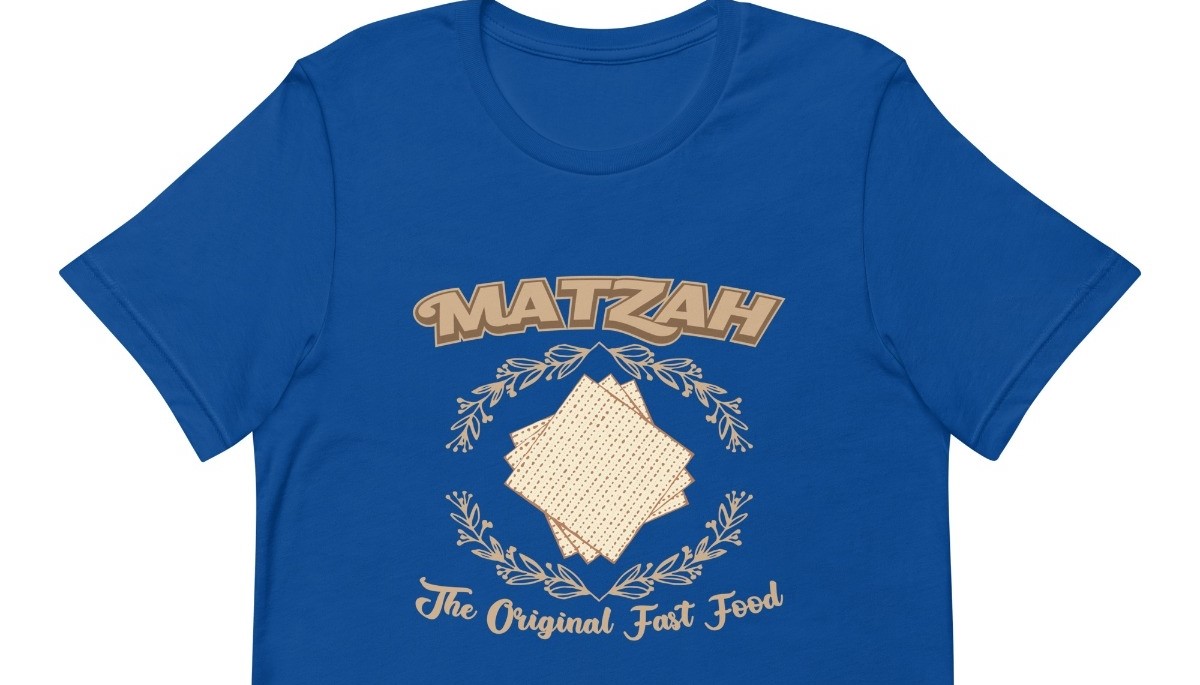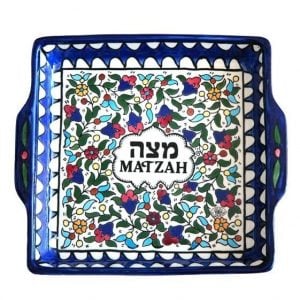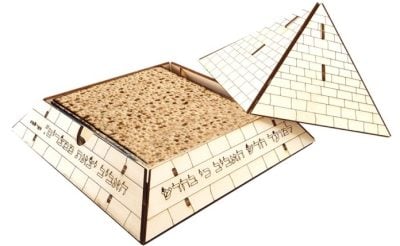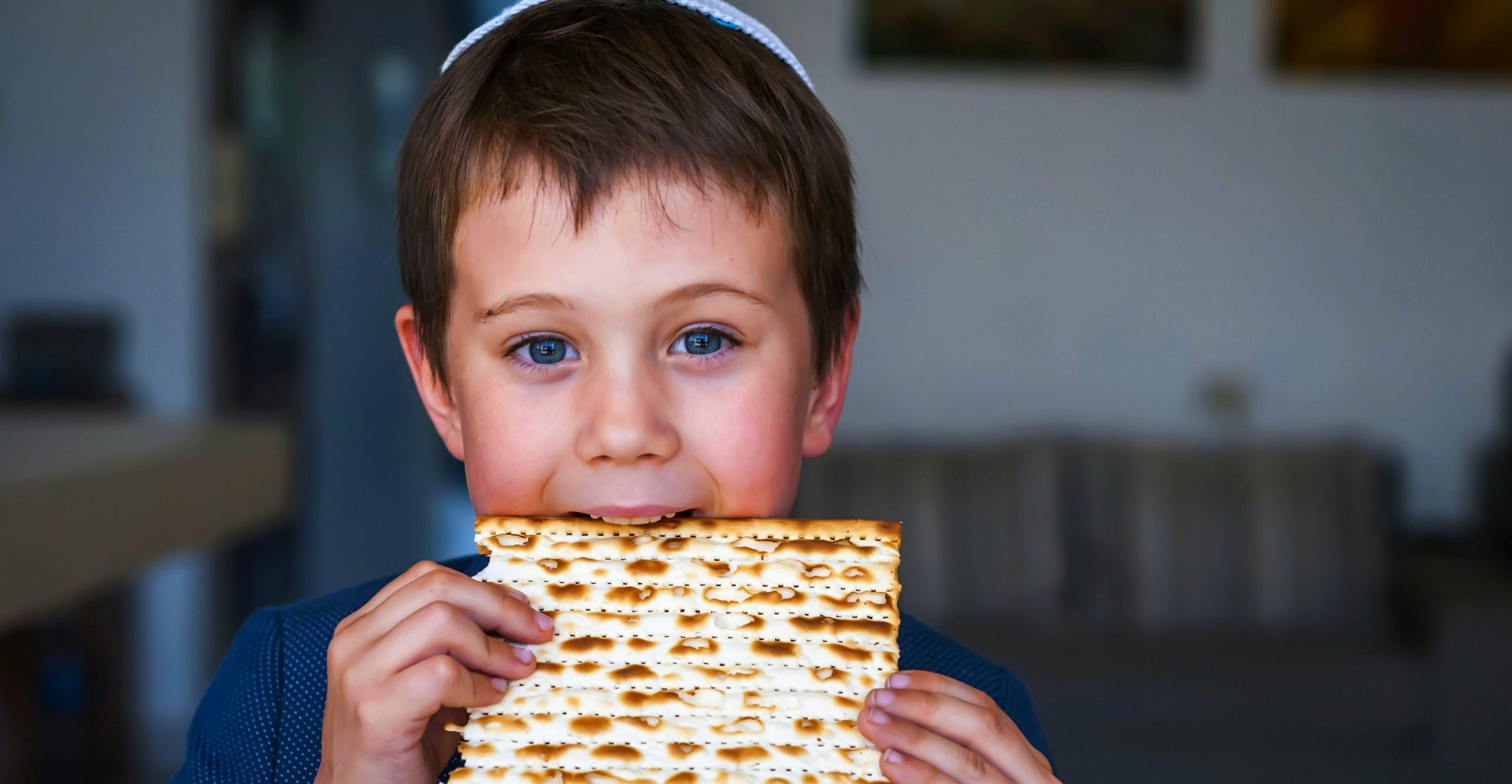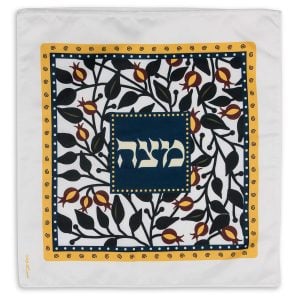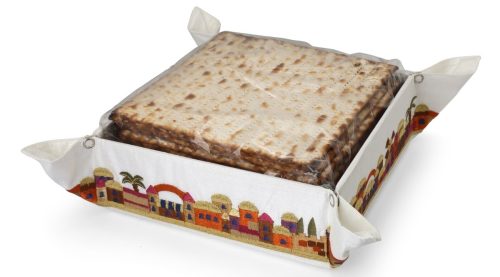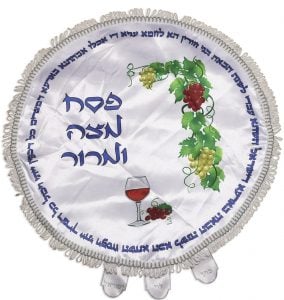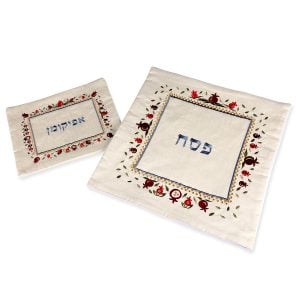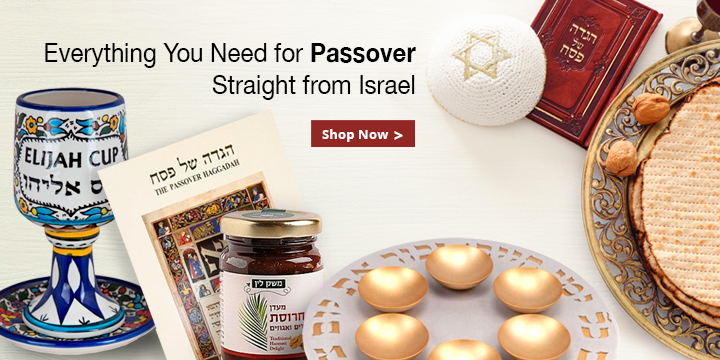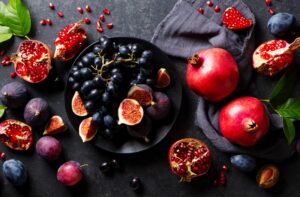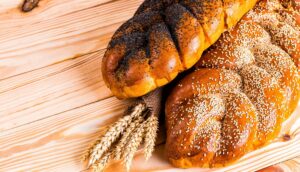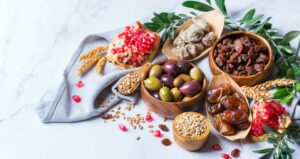Love Passover and Jewish topics? Sign up for our emails over on our main site to get all our top content and promotions, and check out our Passover gifts category for all your Passover needs!
The Origins and Meaning of Matzah
The cracker-like flatbread known as matzah in Hebrew (plural matzot) or matzo/matzos in Yiddish is basically synonymous with Passover. We are not only commanded to not eat leavened grain products during the holiday – such as breads, cakes, or oatmeal – but the Torah also specifically commands us to eat matzah during this time.
Everyone will have to have at least 1 or 2 sheets at the Passover Seder, so make you’re that you’re stocked up beforehand!
The eating of matzah is such an important part of Passover that the holiday is also known as Chag HaMatzot or the Festival of Matzah!
The Hebrew Bible describes how as the Israelites were preparing to leave Egypt, they made bread for the road but being in such a hurry they didn’t have enough time for it to rise, resulting in an unleavened flatbread. God then commanded the Jewish nation, according to the Book of Exodus, to refrain from regular leavened bread and eat matzah – a replica of the Israelites’ Exodus flatbread – during the holiday of Passover.
Matzah is therefore meant to be a reminder of our journey from slavery to freedom, and the great hurry and sacrifices our ancestors had to make to get there.
Matzah or matzo is also known by the names “Bread of Affliction” and “Bread of Liberation.” Both are fitting: on the one hand we remember the circumstance of slavery, but most importantly we recall how our people rushed out of Egypt to receive the Torah and God’s covenant, and live as a free people in the Land of Israel.
Today, we consider the matzah we eat during the Passover Seder (the famous ceremonial dinner at the beginning of Passover) to be fulfilling this Biblical obligation of partaking in matzah. The matzah used for this special ritual purpose must traditionally be made using only flour and water.
Make your traditional matzah look festive on your Passover table and get your whole family excited about the holiday, with a gorgeous matzah cover from the Land of Israel!
The Evolution of Matzah
Originally during times of the Bible, in both private homes and in the Temple, matzah was a soft flatbread, similar to a thick tortilla. This version is still eaten in some Jewish communities today such as those hailing from Yemen.
Most modern matzah, however, resembles a hard cracker, baked to a crisp to ensure that no pockets of wet flour remain that could potentially rise and violate the prohibition of leavening.
Handmade matzot are usually round while machine-made – the ones most often favored by the modern Jewish consumer – are square. Whether you buy sheets, hand-made discs, or find a community where soft matzah is still eaten, it will all be made in the traditional conditions that adhere to the laws of matzah making.
Many Jews find matzah by itself to be very plain and even unappetizing, but the purpose isn’t to suffer! While the matzah at the Passover Seder is consumed either plain or with charoset and bitter herbs, many people have a tradition throughout the rest of the week of the Passover holiday of turning matzah into fun delicacies like pizza, matzah brei (similar to French toast), or chocolate-covered treats.

No matter what your matzah eating tradition is, you’ll love beautifying your holiday with our gorgeous Israeli-made matzah essentials such as plates and holders, matzah covers and afikoman bags, and beautiful Passover tableware sets!

Can’t decide on the perfect matzah accessory for yourself or a loved one? We have a top matzah essentials guide too.
And don’t forget everything else you’ll need for a meaningful and enjoyable holiday with our Passover Judaica and gifts straight from the Land of Israel!
We have all the top matzah accessories from Israeli artists – check out the best matzah plates, covers, and even a fun matzah puzzle for the kids!

